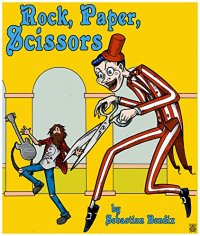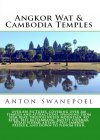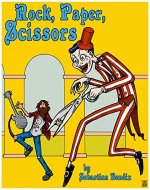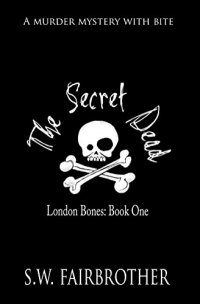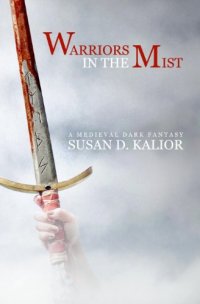“The Unsettling Love-Hate Story of Bewildered Anatoly” is a philosophical, psychological, essayistic novel that tells — in a non-linear fashion, using poetical impressions and philosophical digressions — the story of a man haunted and plagued by the mythologised image of an unrequited love from his past. The emphasis falls on the challenges and the fights the protagonist faces — in both emotional and social terms — while trying to cope with the accumulating bitterness of disillusion and the awareness of his inability to re-incorporate himself into society, further complicated by his understanding that brokenness now constitutes a key aspect of his personality.
The leitmotif of the novel is ‘insane love.’ However, the book doesn’t confine itself to that topic alone but also seeks to explore — by means of speculation — various other topics that arguably correspond with it, such as the mechanisms of consciousness and faith, the concept of free will and the choice between Good and Evil. It poses a lot of existential questions — respectively, proposes a lot of answers — along the line: Is it possible that even the truest and most intense love can be rejected? – What do ‘true’ and ‘intense’ mean, when speaking of ‘insane love’? – What are the love-related aspects of controversy between the sacred and the profane, the good and the evil, the perfect and the imperfect, the transient and the eternal? – What can this controversy cause to the tormented soul of the madly in love? – Where does the adorable end and where does the abhorable begin on the way to the extreme; is there a prelude; how ‘spacious’ is the space in between? – Is expression possible at all if one’s experience goes beyond the conveyable by conventional means?
The work is widely experimental, even language- and style-wise. While some vulgarisms can also be found in its course, its language generally switches back and forth between extensively abstract and purely poetical; influence from classical Arabic literary style is also notably present.
The storyline is split into two: external and internal. The external storyline, which is the more narrative of both, is reduced to the depiction of one single incident involving the protagonist, and serves as a formal frame in which the internal storyline is enclosed.
Structure-wise, the novel is designed as a building that symbolises the cycle of catharsis or, alternatively, the cycle of remission and relapse: After a short introduction, the reader is invited to pass through seven antechambers, enter a chamber, make seven steps, and exit.
Even though the book focuses on extreme contrast, and doesn’t spare means in conveying the impression of full-fledged controversy, it doesn’t seek to be shocking or provocative, but gently mind-twisting and -broadening. It employs a peculiar blend of rational discourse and irrational detours from it, but after all, as it says in the words of its main hero: “Both things, rationality and irrationality, exist in the human being to form something like a voltaic arc in which his or her ideas about the world are born and — which is even more essential — tried for veracity.”

